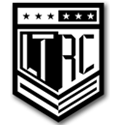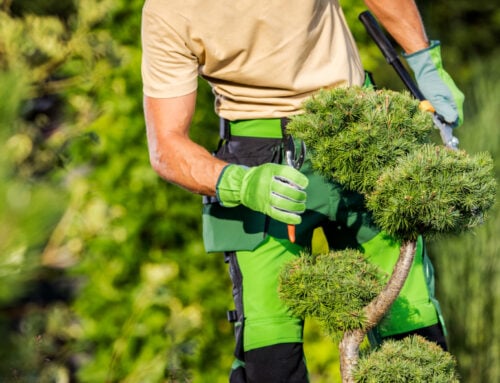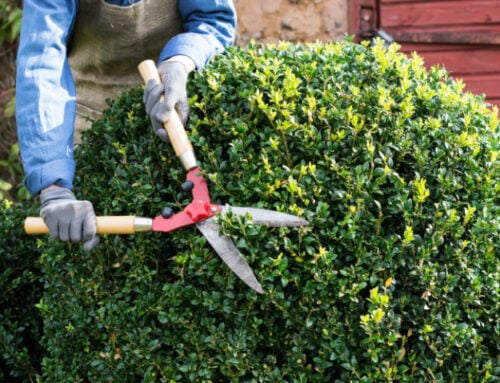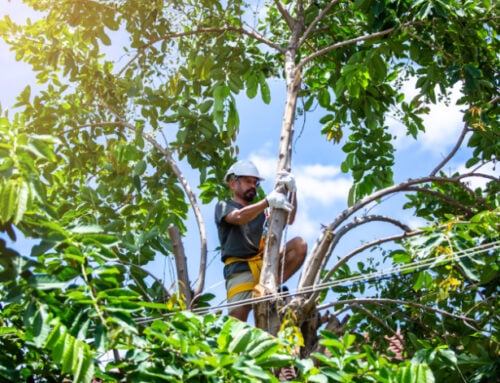Pine trees, with their towering presence and timeless beauty, hold a special place in our natural landscapes. Beyond their aesthetic appeal, these evergreen wonders contribute significantly to the health and vitality of ecosystems. We will explore the rich diversity among various types of pine trees, shedding light on their unique characteristics and ecological roles.
Pine Tree Basics
At the heart of coniferous forests, majestic pine trees stand tall and proud. With their needle-like leaves and cone-bearing structures, they create a striking presence. Unlike deciduous trees, these magnificent evergreen giants retain their verdant needles throughout the year, displaying their remarkable adaptability and unwavering resilience across a wide range of climates.
Types of Pine Trees
The taxonomy of pine trees is a fascinating realm, with the Pinus genus taking center stage in the Pinaceae family. This classification sets the stage for deeper exploration, offering a glimpse into the distinct features that define each pine tree species.
Eastern White Pine (Pinus strobus)
The Eastern White Pine, an emblem of northeastern North American forests, boasts soft needles arranged in bundles of five. Its towering presence influences entire ecosystems, and understanding its characteristics provides insights into the interconnected web of life in these regions.
Scots Pine (Pinus sylvestris)
Venturing to Europe and Asia, we encounter the Scots Pine with its orange-brown bark and slender needles. This adaptable species showcases the diversity of pine trees across different continents, underlining their role in shaping the unique biodiversity of various landscapes.
Lodgepole Pine (Pinus contorta)
In the aftermath of wildfires in North America, the Lodgepole Pine takes center stage with its twisted cones and serotinous adaptations. This species’ ability to thrive in post-fire environments offers a compelling narrative of nature’s resilience and regeneration.
Ponderosa Pine (Pinus ponderosa)
The grandeur of the Ponderosa Pine unfolds in the western parts of North America, characterized by its towering height and distinctive cinnamon-colored bark. Beyond its visual appeal, this species holds economic significance, emphasizing the intricate balance between human utilization and ecological harmony.
Loblolly Pine (Pinus taeda)
In the southeastern United States, the Loblolly Pine dominates landscapes with its long needles and rapid growth. Beyond its aesthetic charm, this species plays a vital role in supporting local wildlife and enriching the soil, revealing this region’s interconnected web of life.
Jack Pine (Pinus banksiana)
Thriving in northern forests amidst challenging conditions, the Jack Pine showcases unique features such as curved needles and serotinous cones. Its adaptations to harsh climates highlight the tenacity of life in extreme environments, offering a glimpse into the delicate dance between species and their surroundings.
Pine Tree Care
Proper care and maintenance are crucial for nurturing the health and longevity of pine trees. The fundamental aspects of pine tree care encompass appropriate watering, fertilizing, pruning, and pest management.
- Watering should be done deeply and infrequently, promoting a strong root system. The soil surrounding the tree should be moist but not saturated. Overwatering can lead to root rot, a damaging condition for pine trees.
- For fertilization, use a slow-release granular fertilizer specifically designed for evergreen trees. The best time to fertilize is in early spring, before the new growth starts.
- Pruning is essential to maintain the aesthetic appeal and overall health of pine trees. Remove any dead, diseased, or damaged branches to stimulate healthy growth. However, be cautious not to over-prune as this can cause stress to the tree.
- Keep an eye out for common pests like pine beetles and caterpillars. If detected, employ organic or chemical solutions as appropriate or consider professional help for severe infestations.
Remember, each species of pine tree may have its own specific care requirements, making it crucial to understand the needs of your particular tree for its optimal growth and vitality.
The Importance of Professional Removal
At times, it may become necessary to remove a pine tree due to reasons such as disease, damage, or landscaping needs. However, due to the substantial size and complex root system of these trees, pine tree removal can be a daunting and hazardous task. It’s not a job for the untrained or ill-equipped. Thus, seeking the help of professionals becomes crucial.
Knowledge and Expertise
Professional arborists possess the requisite knowledge, experience, and equipment to safely and effectively remove trees. They can assess the tree’s condition and the surrounding area to determine the best approach for removal.
Moreover, they are well-versed in the necessary safety measures to prevent damage to nearby structures and ensure the well-being of all involved. Therefore, while it may be tempting to undertake the task yourself to save costs, the potential risks and challenges highlight the importance of professional pine tree removal.
The Beauty Behind the Different Types of Pine Trees
The diversity of pine trees presents a fascinating exploration into the world of conifers. From the soft-needled Eastern White Pine to the fire-resilient Lodgepole Pine, each species tells a unique story of adaptation, resilience, and survival. Beyond their aesthetic appeal, these trees play a pivotal role in maintaining ecological balance, providing habitat for wildlife, and enriching soil nutrients.
Understanding their characteristics and needs can enrich our approach to their care, underlining the interconnectedness of all life on our planet. Whether you’re an aspiring botanist, a nature enthusiast, or simply someone who appreciates the beauty of these evergreen giants, delving into the world of pine trees offers a rewarding journey into the heart of nature.
LTRC Removes all Types of Pine Trees
When it comes to taking care of your pine trees or any other tree species in your garden or property, rely on the expertise of LTRC Tree Specialists. We’re based in Alpharetta, Georgia, and are just a phone call away.
Our team of dedicated professionals is ready to assist with all your tree care needs, from pruning and fertilization to pest management. Reach out to us at (404) 288-5872, and let us help you ensure the health and beauty of your trees. Let’s begin the amazing journey of transforming your yard!

Contact Us For A Free Estimate!







